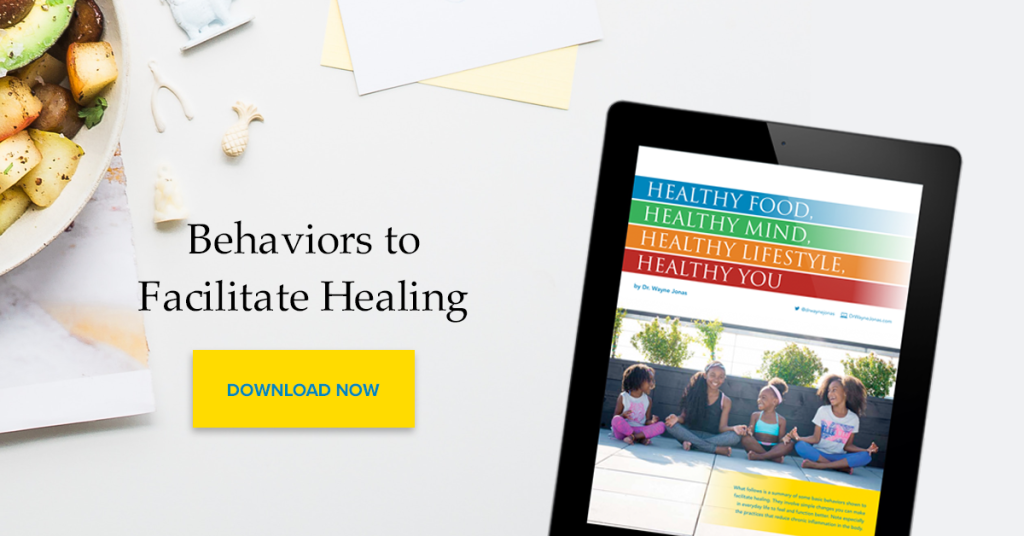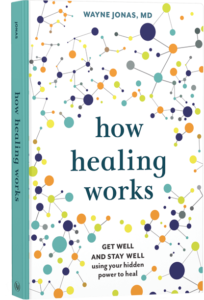Last week our team was proud to publish a blog post from the perspective of physicians, offering an inside look at how medical providers harness the power of placebo and amplify it with seven simple but very effective ways.
After witnessing such a tremendous reaction from patients and providers alike, we decided we should share even more ways physicians can utilize the placebo every day and enhance the ever-important meaning response in all of their treatment plans.
As I mentioned in that post, the integrative health community has already established the influence culture and context can have on our ability as providers to trigger a patient’s inherent ability to heal and recover. The point of sharing these lists is to strengthen the relationship between doctor and patient with the goal of achieving the most effective approach to healing.
So, without further ado, here are ten additional ways medical providers can leverage the potential of placebo-based treatments and further help their patients tap into their own healing capabilities.
1. Follow up.
Reinforce the therapeutic interaction by following up with patients through automated reminders such as text messages or phone calls from staff or more frequent office visits. This taps into conditioning, a mechanism of the placebo response, by reinforcing it with the expectancy, another mechanism of the placebo response, to enhance the healing response started during the office visit.
2. Determine which treatments your patient believes in.
Talk to the patient about his/her/their beliefs about treatments and recommend safe treatments that are aligned with those beliefs. Make sure you believe in them too.
3. Use a light, laser or an electronic device to deliver and track the treatment, when possible.
Patients often believe that these devices help them heal. This may produce a conditioning response. Be sure the light, laser or electronic device is safe and not expensive. Make sure to explain why you are using it so you don’t deceive the patient.
4. Match the appearance to the desired effect.
The color and size of pills make a difference. For example, anti-anxiety, sedative, and anti-depression medications are usually in soft colors such as blue, purple or pink, while stimulants are usually bright colors such as orange, yellow or red.
5. Use more frequent dosing.
Taking a pill or any action that reinforces a therapeutic expectation can enhance an associated healing response. However, patients don’t always want to take pills more frequently. Find the right balance; don’t just reflexively reduce the frequency.

6. Apply therapies in “therapeutic” settings.
Clinics and hospitals are more powerful therapeutic settings than the patient’s home.
7. Pay attention to the route of administration.
Needles, when appropriate, produce a greater effect than pills.
8. Use the newest and most prominent treatment available.
Patients often believe that new treatments work best. However, new treatments are usually expensive, so find the balance that works for each patient.
9. Use a well-known name brand identified with success.
Patients often believe that well-known brands work best. This method may be difficult to use, however, due to the increased use of generic drugs, which are less expensive.
10. Cut or stick the skin or poke into an orifice when this is appropriate and important.
This enhances the healing response.
It is important to note that placebos don’t heal. It is the person who heals and the providers who help them through their relationships and the meaning and rituals of the treatment process. This is how you apply placebo research in practice.
The meaning response is what really happens in response to placebo treatments. Measurable physiological and psychological changes occur due to the rituals and context of therapy— whether the treatment is active or inert. The rituals and context of therapy create meaning. The “same” treatment can have significantly different effects depending on the physician’s behavior and the care setting. This is why, when applied in medicine, the meaning response becomes the healing response.
For quick insights on how your physician can leverage the power of the placebo effect in your health, see our Enhancing Treatment Effects with Placebo Research pocket guide. And, to learn even more from the physician’s perspective, see the full Harness the Power Of Placebo for Your Patients guide.

Your Health Into Your Own Hands
Drawing on 40 years of research and patient care, Dr. Wayne Jonas explains how 80 percent of healing occurs organically and how to activate the healing process.

